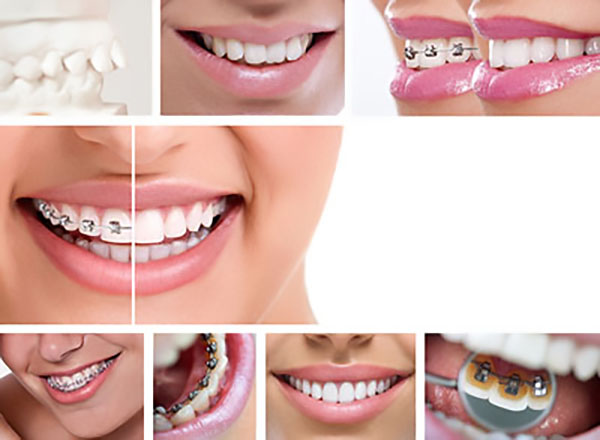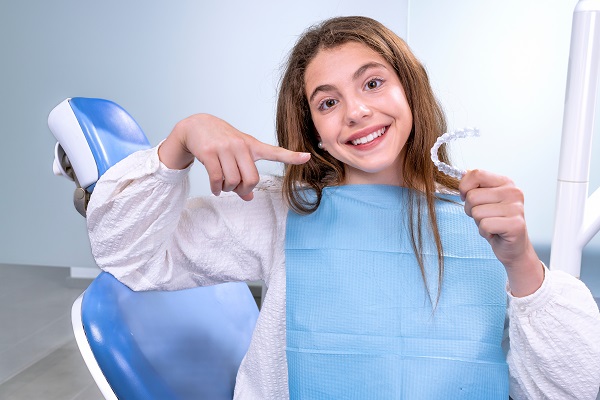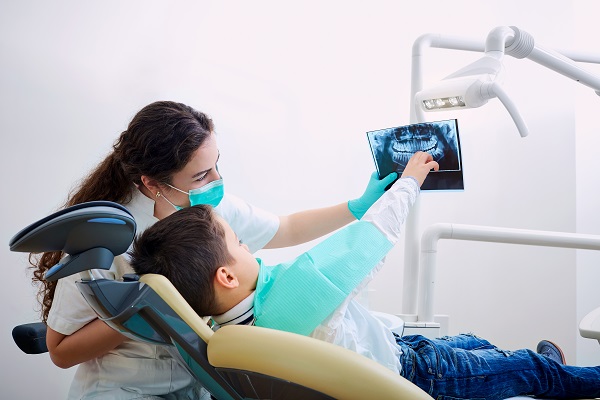What are the Different Types of Braces? Teeth Straightening Options

Over the years, braces have witnessed significant improvements, giving patients who require teeth straightening treatment the chance to choose from various options. With so many different types of braces available, finding a suitable solution for a particular situation may prove a challenge.
Types of braces
Orthodontic patients today enjoy a wide choice of materials and styles of braces. It is useful to start by reviewing some of the common categories and their appropriate applications.
Metal braces
Also called traditional braces, metal appliances used to be the only ones available. They consist of metal brackets attached to the teeth and a bendable archwire that threads through the bracket to put pressure on the teeth and shift them. They are the least expensive and usually the quickest way to straighten the teeth. Recently, metal braces have become smaller, less intrusive and less painful than before. Patients can even customize the color of the bands around the bracket.
Ceramic braces
Ceramic braces are the usual alternative to metal ones. The brackets are fabricated from a ceramic material with the same color and texture as the teeth. This allows the appliance to blend in with the teeth and make them less noticeable throughout the teeth-straightening treatment. They are less affordable than regular braces, offer discreet treatment and produce faster results than clear aligners. They are, however, prone to stains unless properly maintained and often cause discomfort similar to metal braces.
Lingual braces
Lingual braces are practically the same as metal ones, but they attach to the back of the teeth instead of the front. They are just as effective as metal appliances but more hidden. Although they can be seen when the mouth is open, lingual braces are less intrusive and barely noticeable compared to the metal counterparts.
Lingual braces are harder to clean and can make speech slightly difficult. They are not suitable for cases of severe orthodontic conditions requiring extensive treatment. Compared to metal braces, lingual braces are more expensive, and the results take longer.
Self-ligating braces
Like traditional and ceramic options, self-ligating braces consist of a bracket and wire mechanism. This type uses brackets with clips affixed to the wire instead of a wire-tightening system. The design makes these appliances more comfortable and less prone to stick to food. They also minimize visits to the orthodontist. Self-ligating braces are available in metal and ceramic choices, but they are not suitable for all patients. The treatment is fast but may not produce the results required for a successful teeth-straightening procedure.
Clear Aligner Trays
Some dentists may use brand-name clear aligner systems while others use generic versions of this type of braces. Although clear aligners are not suitable for every patient, they have many benefits. They are removable for dental hygiene and are generally quite discreet. They are also more comfortable than metal braces. However, they tend to be less affordable and are not effective for severe cases of teeth misalignment.
Final note
Choosing the right type of braces for your teeth straightening procedure does not have to be a difficult process. The orthodontist will work with you to compare options that fit your needs and budget. With a little research and the help of an experienced dental professional, you can find appropriate braces to shift your teeth to an ideal position in the most comfortable way possible.
Request an appointment here: https://www.drsallysong.com or call The Orthodontic Center Of Wayne - Dr. Sally Song at (973) 696-5220 for an appointment in our Wayne office.
Check out what others are saying about our services on Google: Read our Google reviews.
Recent Posts
Even though braces are common among teenagers, getting them is a new orthodontic experience for every patient. Teens and their parents tend to have many questions about braces and other orthodontic treatments for teens, when to get braces, and what having braces will be like. Here are some of the most common questions orthodontists hear…
The primary goal of early orthodontic treatment is to prevent and fix bite misalignments. Several causes, including genetics, the premature loss of primary (baby) teeth, and harmful oral habits (like thumb sucking) may lead to such anomalies. Orthodontic abnormalities might be congenital or occur during early childhood. Straight teeth can reduce the incidence of dental…
Invisalign® has changed how willing teenagers –– and everyone else –– are to start teeth straightening treatments. It provides an alternative to traditional metal braces that is virtually impossible to detect. Invisalign® treatments work the same way conventional braces work, the aligner trays exert a force on the patient's teeth pushing their teeth into better…
Oral health is foundational to good overall health. Through the help of an orthodontist and bite correction, difficulties with chewing or speaking can be overcome. The inability to ingest food or clearly articulate impacts both physical and mental health. Bite correction has the potential to change the course of an individual’s health and wellness.Changes in…


